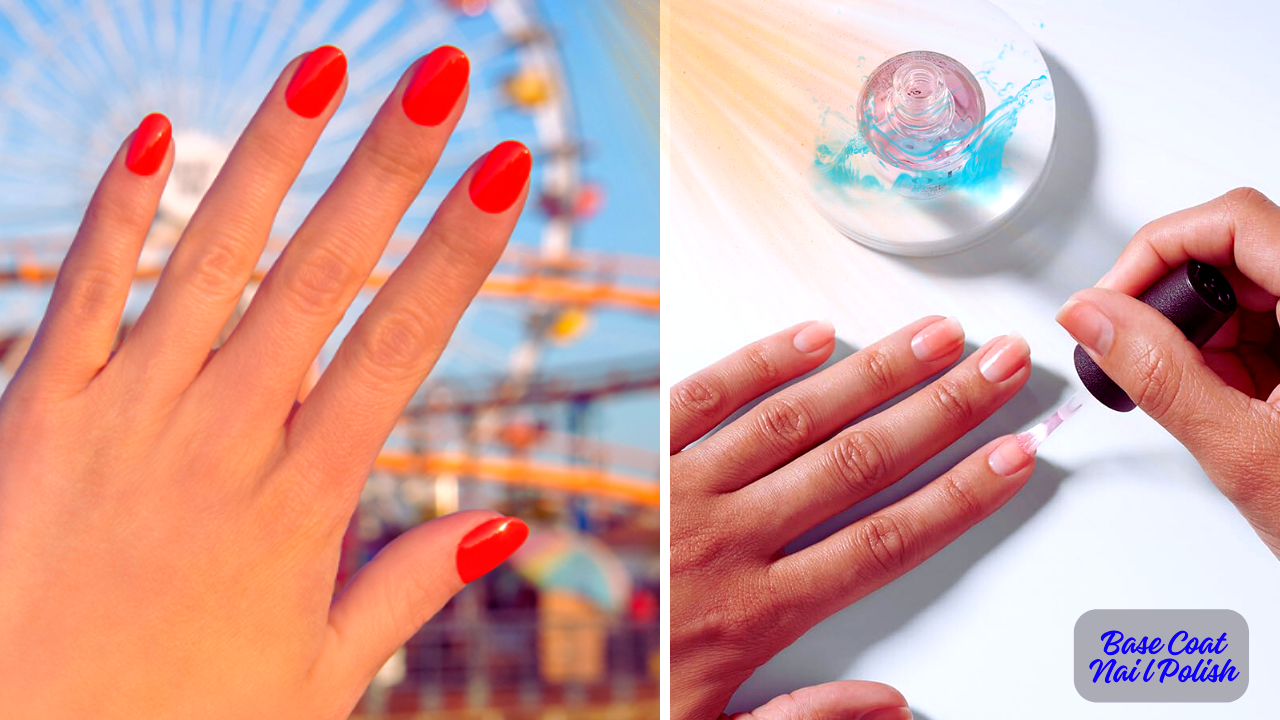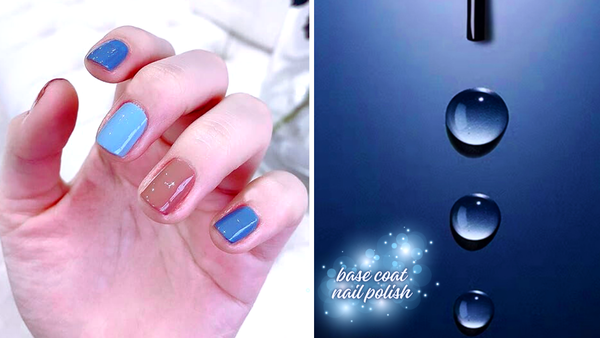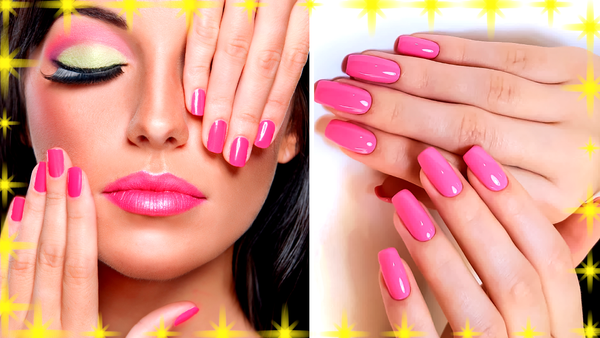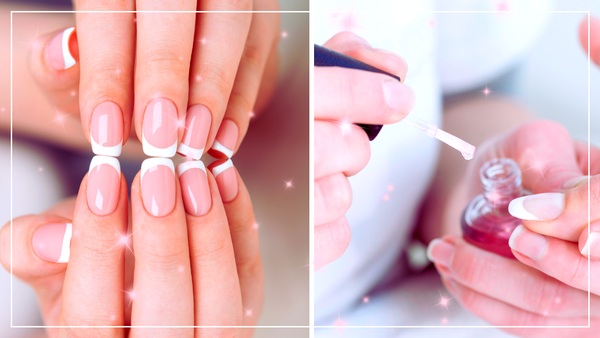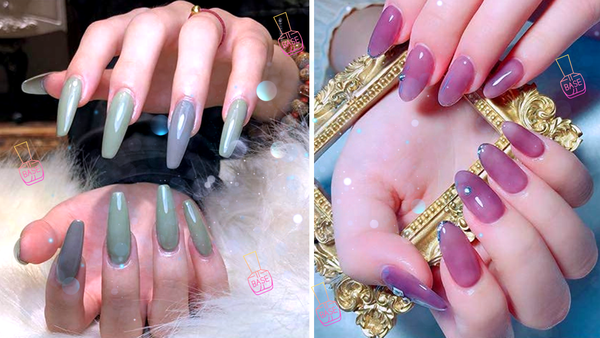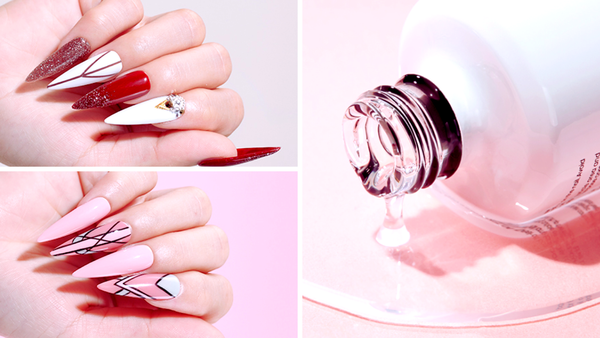Key Takeaways:
- Understanding the importance of a dry base coat can significantly improve the longevity and appearance of your nail polish.
- The drying time for base coats can vary, but it's essential for preventing smudges and ensuring a smooth application of colored polish.
- Proper application techniques and tools can enhance the drying process and overall results of your manicure.
The Role of a Base Coat in Nail Polish Application
When it comes to a flawless manicure, the base coat is the unsung hero. It's the foundation that prepares the nail plate for the upcoming layers of color and top coat. But does the base coat need to dry before moving on to the next step? Absolutely! A good base coat not only helps to protect the nail from potential staining but also provides a smooth canvas for the colored polish to adhere to. Skipping the drying step can lead to a manicure that's prone to smudging, chipping, and not delivering the best results.
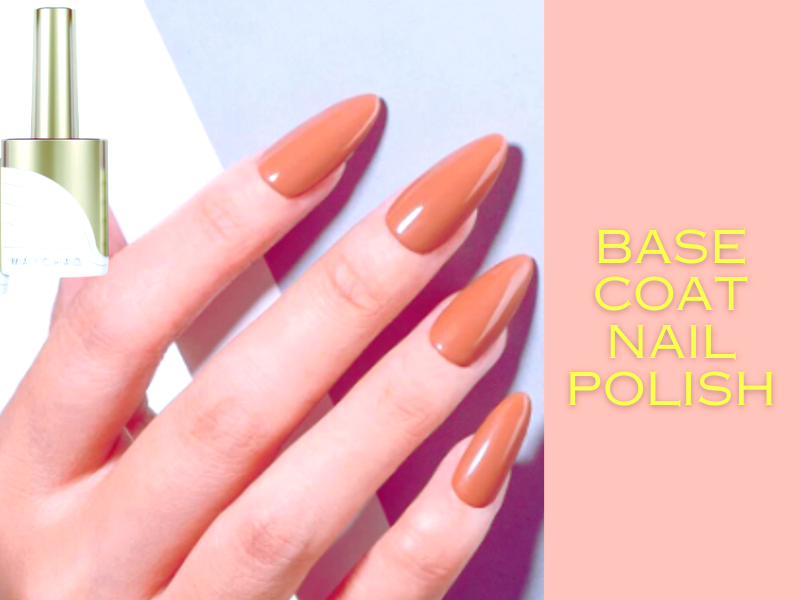
Why Drying Your Base Coat Matters
Drying your base coat is one of the main reasons your manicure can either look salon-worthy or sadly amateur. When you apply gel polish or regular nail polishes, the base coat acts as a sticky layer that helps the color coat stick better. If the base coat isn't completely dry, the colored polish can apply unevenly, leading to a less-than-perfect finish. Moreover, a dry base coat prevents the colored polish from bleeding into the cuticles and skin around the nails, ensuring a clean, professional look.
The Science Behind Base Coat Drying
A base coat is formulated to bond with the natural nail and provide a layer to which colored polish can adhere. When you apply a thin coat, it should dry relatively quickly. However, the drying time can be affected by the thickness of the application, the formula of the base coat, and environmental factors. For a gel polish base coat, curing under a UV light is necessary to ensure it's set properly before applying the next coat.
How Long Should You Wait for the Base Coat to Dry?
The waiting game is crucial in nail care. For regular nail polishes, a base coat typically takes about one to two minutes to become tacky and up to ten minutes to dry completely. However, for gel polish, the base coat must be cured under UV light for a specified time, usually around 30 seconds to a minute, depending on the brand's instructions. This process ensures the base coat is solid and ready for the next layer.
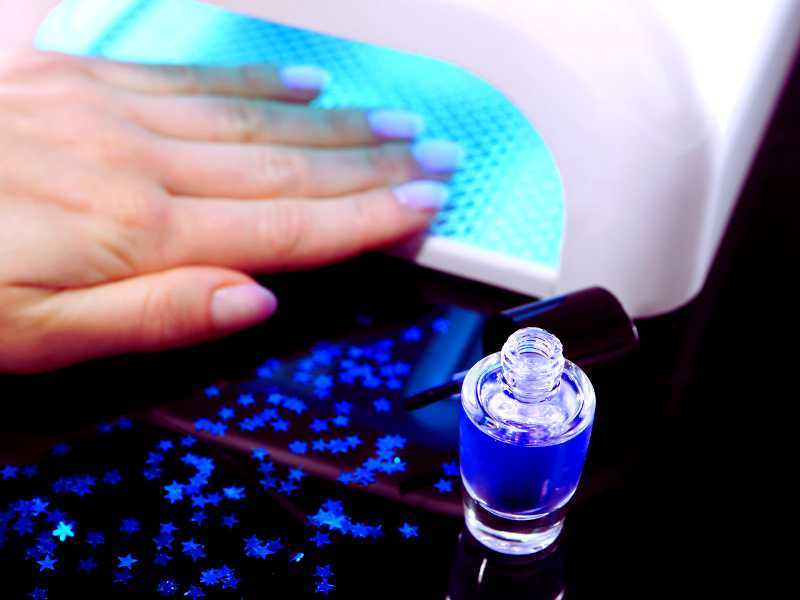
Tips for Applying Base Coat Correctly
Applying a thin layer of base coat is key. A thin coat dries faster and more evenly than a thick one, which can bubble or peel. Start by applying a thin layer of base coat, covering the free edge of the nail to seal in the polish. Ensure that you're working in a well-ventilated area and that your base coat is fresh and not too thick or goopy, as older polishes can take longer to dry.
The Importance of Thin Coats
Thin coats are the secret to a long-lasting manicure. They dry quicker and are less likely to chip than thicker layers. When you apply polish, whether it's the base, color, or top coat, use just enough product to cover the nail without flooding the cuticles. This practice not only speeds up the drying time but also ensures a smooth, flawless finish.
Accelerating the Base Coat Drying Process
If you're in a hurry, there are ways to speed up the drying process. Cold water can be your ally here. After applying your base coat, wait a minute for it to set slightly, then dip your nails into a bowl of ice water for a few seconds. The cold temperature helps to solidify the polish faster. Alternatively, you can use a quick-dry product like Seche Vite, which is designed to penetrate through the polish layers and dry them more rapidly.
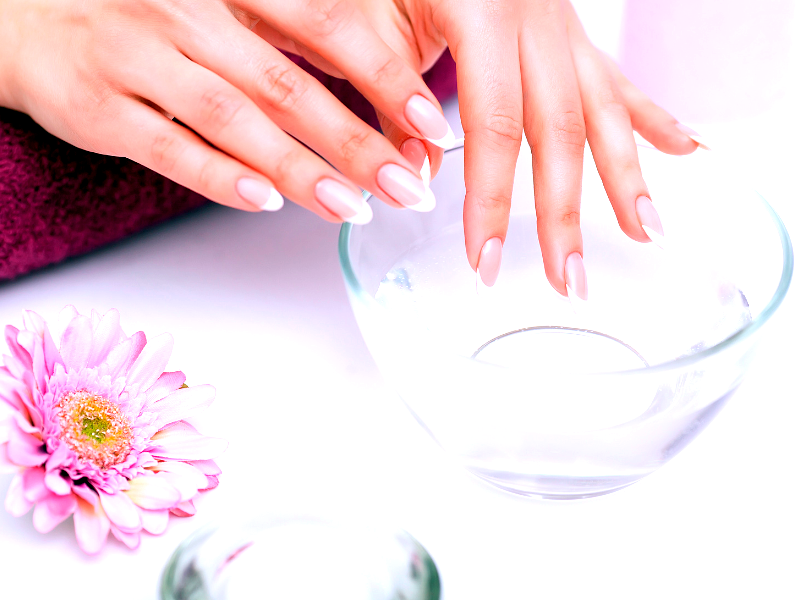
Tools to Help Your Base Coat Dry Faster
Investing in the right tools can make a world of difference. For gel polish, a good UV light is essential to cure the base coat properly. For regular nail polishes, consider using a nail dryer or a fan to help the base coat dry more quickly. These tools are especially useful if you're applying multiple thin coats and want to ensure each layer is completely dry before proceeding to the next.
The Consequences of Not Letting the Base Coat Dry
Skipping the drying step can lead to a manicure that's anything but smooth. If the base coat isn't dry, the colored polish can streak or bubble, and the final result can look thick and uneven. Moreover, a wet base coat can cause the colored polish to peel off prematurely, reducing the wear time of your manicure.
Perfecting the Art of the Base Coat
When it comes to a flawless manicure, the devil is in the details, and it all starts with a good base coat. Applying nail polish is an art, and the base coat is your canvas. A thin coat of base polish not only protects the nail plate from potential staining but also provides a smooth surface for the color coat. It's essential to apply gel polish or any nail polish in thin layers to avoid bubbling and ensure a more even cure under UV light. Remember, a good base coat can make a significant difference in the longevity of your manicure.
But does the base coat need to dry completely before moving on? Absolutely! If the base coat isn't dry, the next coat of polish can cause it to peel or chip prematurely. This is one of the main reasons why a gel manicure might not last as long as expected. For best results, after applying the base coat, give it enough time to dry completely. This will help the color coat to adhere better and reduce the chances of chipping. So, take your time with the base coat; it's a crucial step in painting your nails.
The Intricacies of Gel Polish Base Coat Application
Have you ever wondered if the rules for applying a gel polish base coat differ from those of regular nail polishes? Well, let's dive into the intricacies of this process. When you apply gel polish, the base coat is your foundation, the bedrock upon which your color coat will reside. It's essential to ensure that this first layer is smooth and free of any bumps or ridges, which can be achieved using a good base coat designed for gel polish. A thin coat is key here; it is too thick, and you might find yourself with a manicure prone to chipping and peeling.
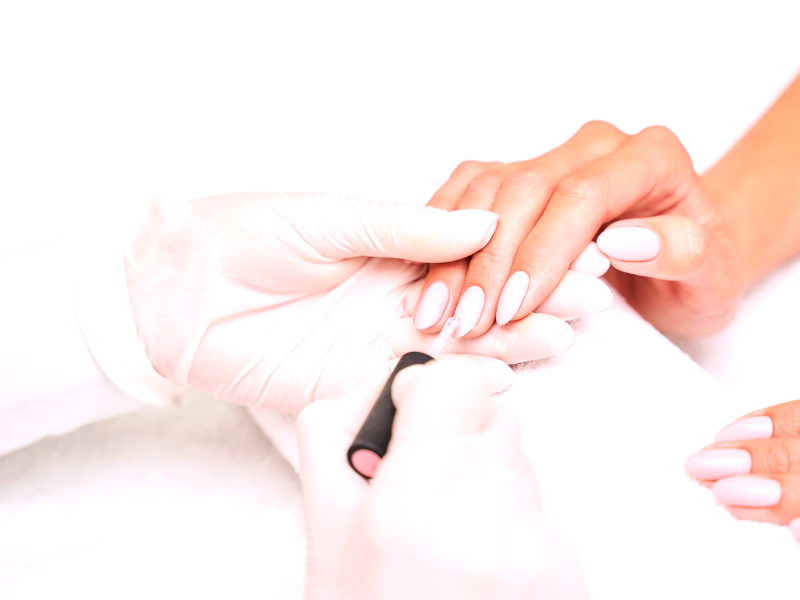
Now, does the base coat need to dry when dealing with gel polish? Absolutely! But here's the twist: gel polish base coats don't air dry like regular nail polishes. Instead, they require curing under a UV or LED light. This process is crucial as it ensures the base coat is completely dry and adhered to the nail plate, providing the perfect canvas for the color coat. Skipping this step or not curing the base coat properly can lead to a less durable manicure, and nobody wants that after investing time in applying polish meticulously.
Mastering the Art of Layering Nail Polish for Longevity
When painting our nails, we often focus on the color coat, but the whole process of layering is what leads to a flawless, long-lasting manicure. Starting with a thin base coat, let it dry completely before moving on to the next coat. This not only helps the color adhere better but also protects your nail health by preventing staining. Once the base is set, it's time for at least two coats of your chosen colored polish. Remember, thin layers are the secret to a smooth, even finish that won't take ages to dry.
After the color, the top coat is like the protective shield of your manicure. A good top coat seals in color adds shine, and prevents chipping. But here's a pro manicure tip: dip your nails in ice water or wipe them with cold water to help the top coats dry faster. This doesn't mean they're completely dry, but it does help the surface set so you can be a bit more hands-on without ruining your fresh paint job. And don't forget, the free edge of your nails is crucial; always seal it with each layer to extend the wear of your manicure.
The Symphony of Layers in Nail Polish Application
Think of applying polish as conducting a symphony, where each layer needs to harmonize with the next. After ensuring the base coat is dry, it's time for the fun part: painting the nails with your chosen shades of colored polish. Apply polish in at least two coats, allowing each layer to dry completely. This not only builds up a rich color but also contributes to the overall strength and shine of the manicure. When applying polish, cover the free edge of the nail to seal in the color and prevent early chipping.
Once the color coats are dry, it's time to apply a good top coat. A top coat is a protective barrier, providing a glossy finish and further preventing chipping. Products like Seche Vite are popular for quick-drying properties and can significantly shorten the wait time. For an extra tip, after applying the top coat, some manicurists recommend dipping your nails in ice water or simply wiping them with cold water to help the polish set faster. This little trick can help you achieve that flawless, salon-quality finish at home.
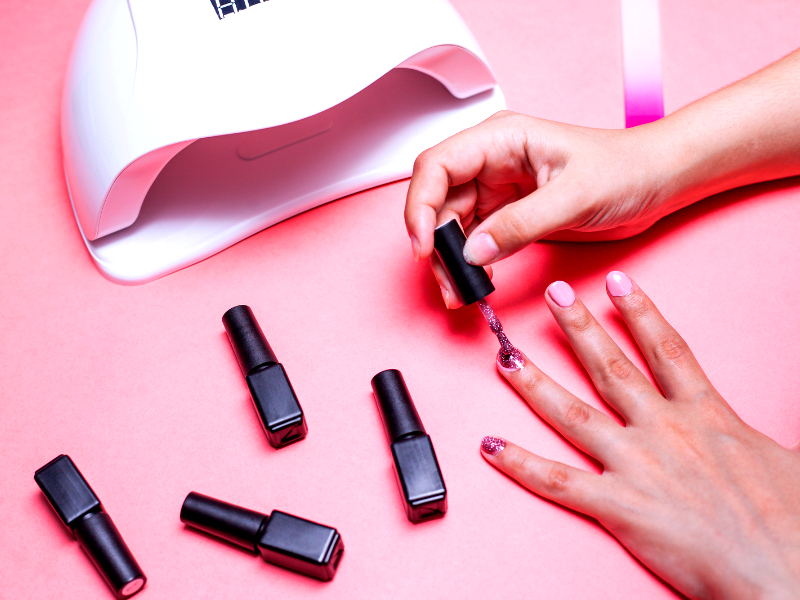
How to Tell If Your Base Coat Is Dry
To test if your base coat is dry, gently tap the surface of one nail with the pad of your finger. If it feels tacky or sticks slightly, give it more time. For gel polish, the surface should be completely hard after curing with UV light. If it's not, it may need more time under the lamp. Remember, patience is key for a manicure that looks professional and lasts longer.
The Relationship Between Base Coat and Nail Health
A good base coat does more than just prep your nails for polish—it also protects your nail health. It creates a barrier that prevents pigments from colored polishes from penetrating and staining the nail plate. Additionally, some base coats are enriched with vitamins and nourishing ingredients that can help strengthen and hydrate the nails.
Choosing the Right Base Coat for Your Nails
Not all base coats are created equal. Some are designed for specific nail types, such as brittle or discolored nails. Others have additional benefits like ridge-filling or quick-drying properties. When selecting a base coat, consider your nail needs and the type of polish you'll be using. A good base coat can make a significant difference in the appearance and longevity of your manicure.
The Impact of Base Coat on Gel Manicures
The base coat is even more critical for gel manicures. It's the layer that adheres to the natural nail and ensures that the gel polish stays put. Without a properly dried or cured base coat, gel polish can lift, wrinkle, or chip much sooner than expected. Always follow the recommended curing times and use a high-quality gel base coat for the best results.
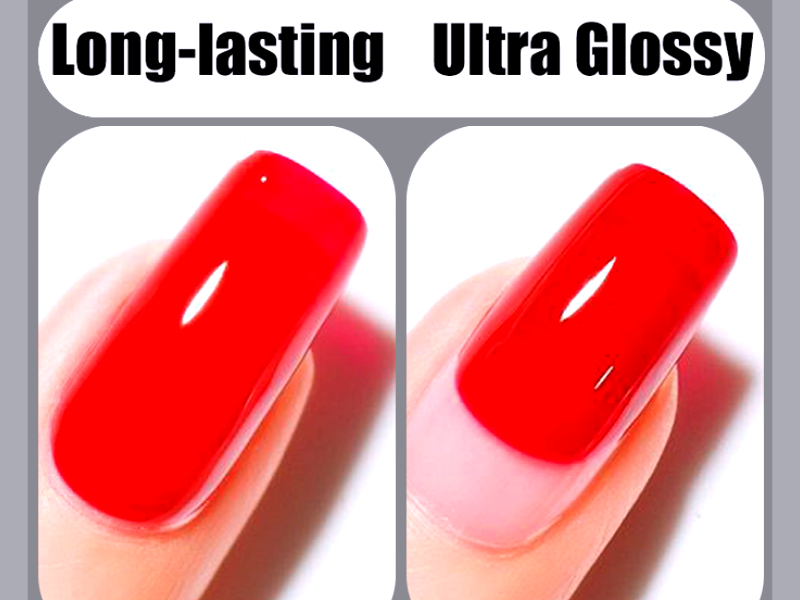
Gel Polish Removal and Base Coat
When it's time for gel polish removal, a well-applied base coat can make the process smoother. A base coat that's been properly cured will allow the gel polish to be removed more easily, typically by soaking in a special gel polish remover or using a gel polish removal tool. Skipping the base coat or not allowing it to dry correctly can lead to a more challenging removal process, which can damage the nail plate.
The Fun Part: Applying Colored Polish Over a Dry Base Coat
Once your base coat is dry, it's time for the fun part—applying the colored polish. With a dry base coat, the color glides on smoothly and evenly, allowing for a more precise application. This step is where your patience pays off, as the colored polish adheres better to a dry base coat, resulting in a manicure that's vibrant and long-lasting.
Manicure Tip: Applying the Second Coat
After the first layer of colored polish has been applied, it's important to wait for it to dry completely before adding a second coat. This ensures that the color is even and that there are no streaks or bald spots. The second coat also adds depth to the color and enhances the overall look of the manicure. Remember, thin coats are your best friend for a quick and even drying process.
Sealing the Deal with a Top Coat
The top coat is the seal that locks in your manicure. It provides shine, prevents chipping, and extends the wear of your polish. Just like with the base coat, it's important to apply a thin layer and allow it to dry completely. A good top coat will not only protect your colored polish but also add a professional, glossy finish to your nails.
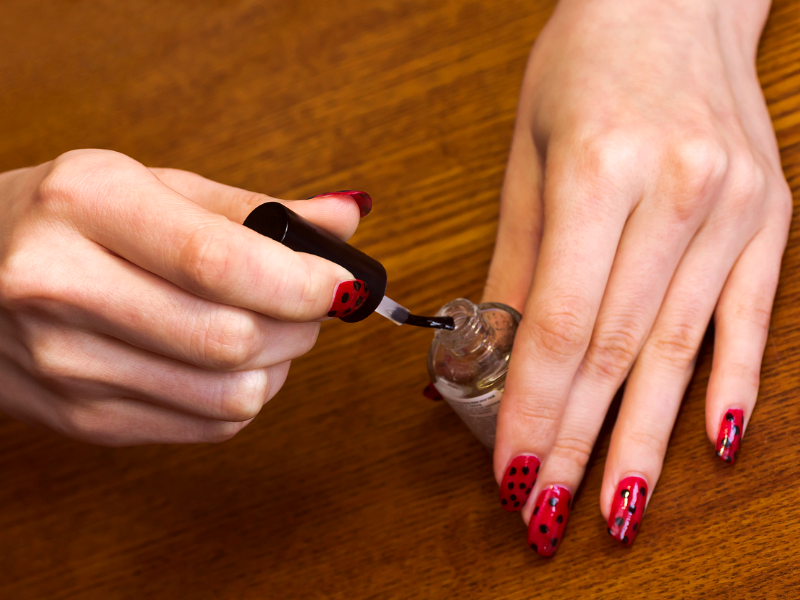
Summary
In conclusion, the question of whether a base coat needs to dry is a resounding yes. Drying your base coat is a critical step in achieving a manicure that is both beautiful and durable. By following the tips and techniques outlined in this article, you can ensure that your base coat dries properly, providing the perfect foundation for your colored polish and top coat. Remember, patience and proper application are key to a manicure that looks great and lasts.
FAQ Section
How long should I wait for my base coat to dry before applying colored polish?
For regular nail polishes, wait about one to two minutes for the base coat to become tacky and up to ten minutes to dry completely. For gel polish, cure the base coat under UV light for the time specified by the brand, usually 30 seconds to a minute.
Can I speed up the drying process of my base coat?
Yes, you can dip your nails in a bowl of ice water after waiting a minute for the base coat to set slightly. Quick-dry products like Seche Vite can also help. For gel polish, ensure you're using a quality UV light to cure the base coat properly.
Is it necessary to use a base coat for every manicure?
While it's not mandatory, using a base coat is highly recommended. It protects your nails from staining, provides a smooth surface for colored polish, and can improve the overall longevity of your manicure.
